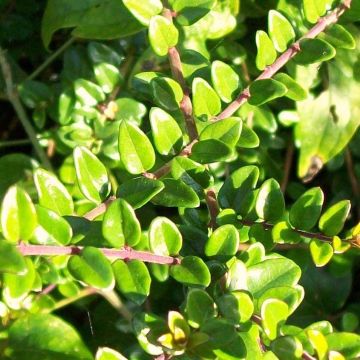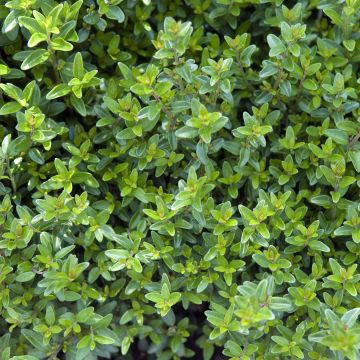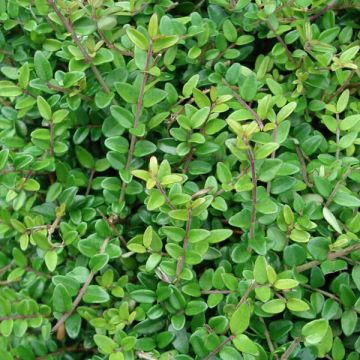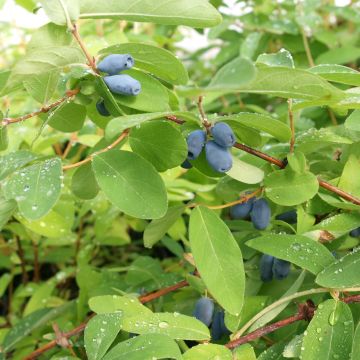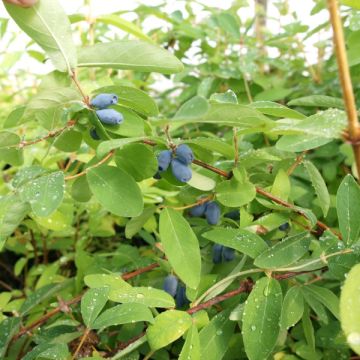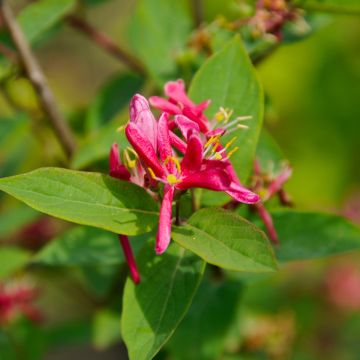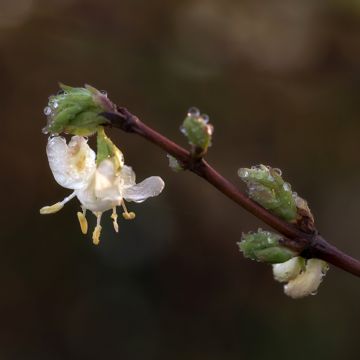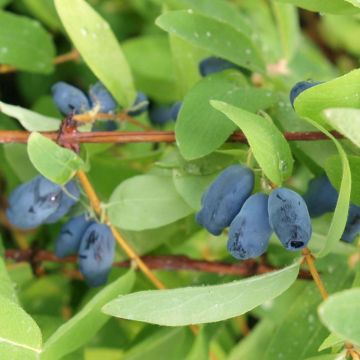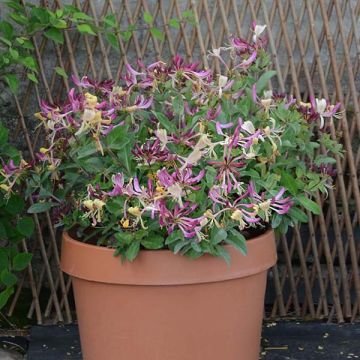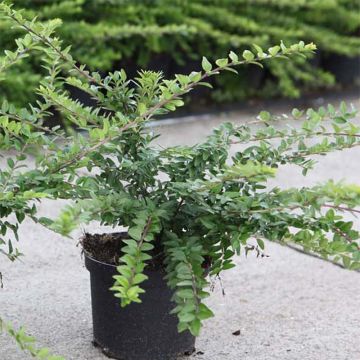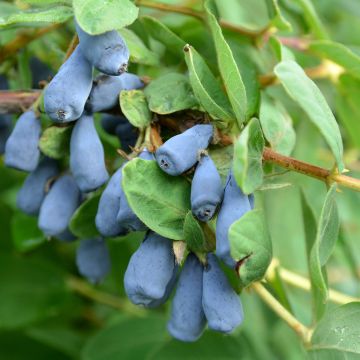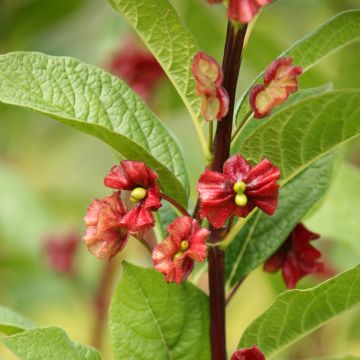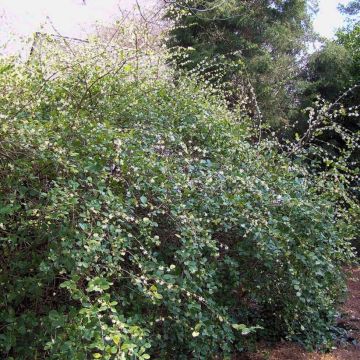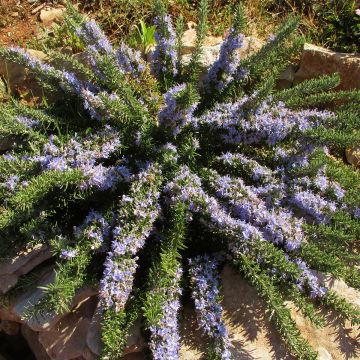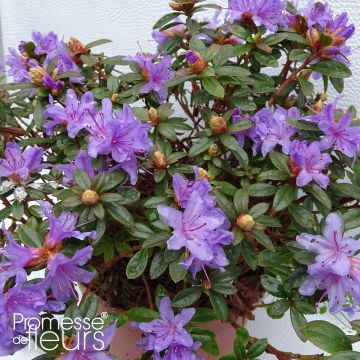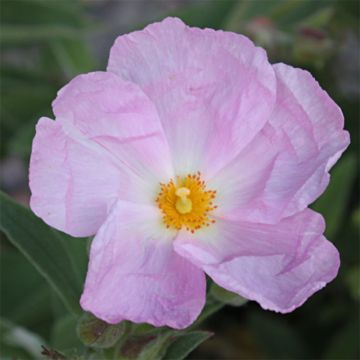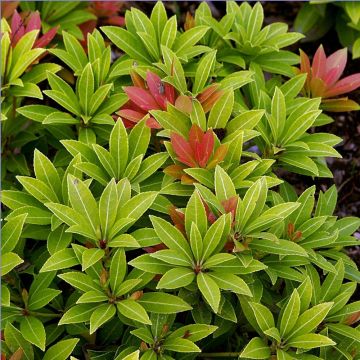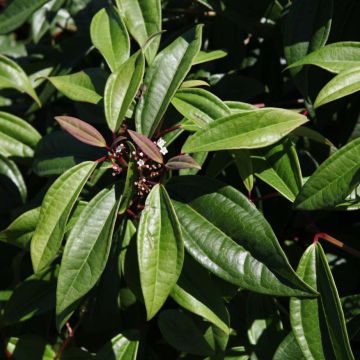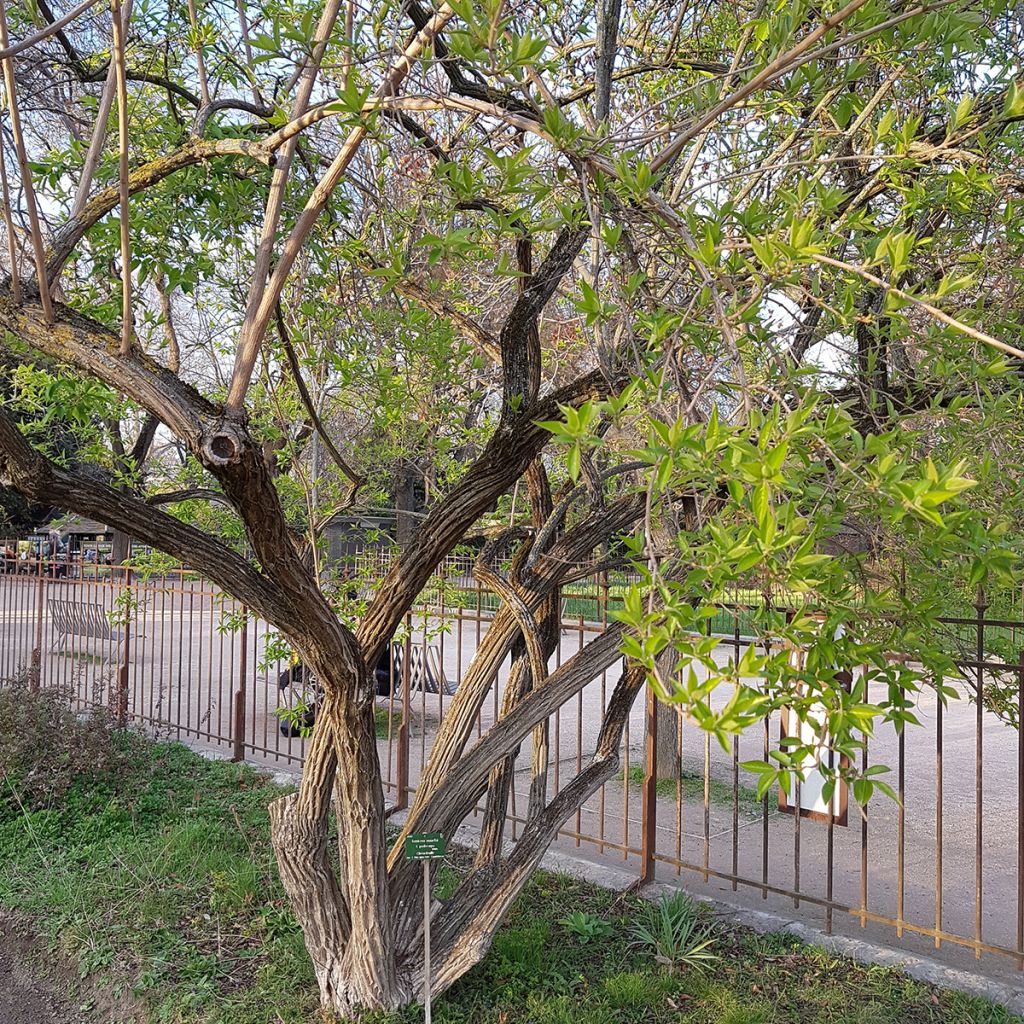

Lonicera maackii
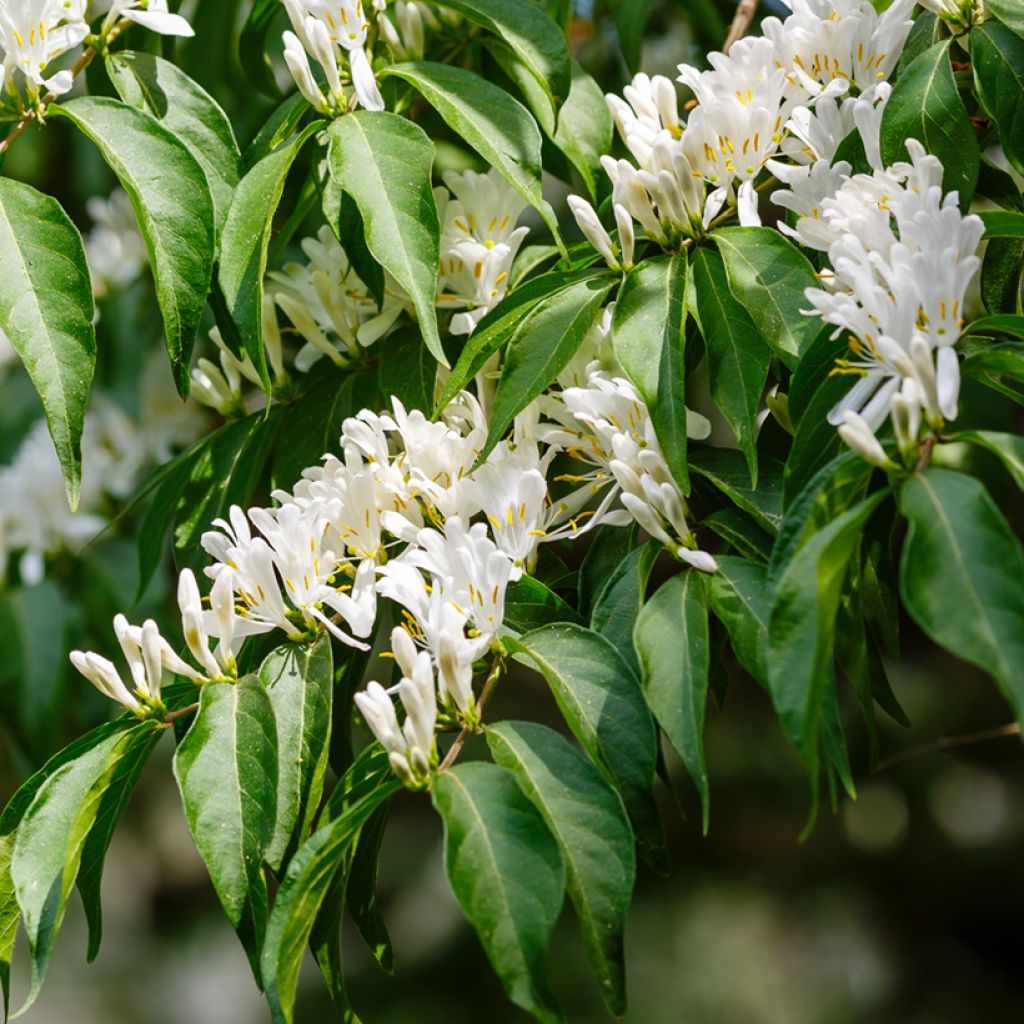

Lonicera maackii
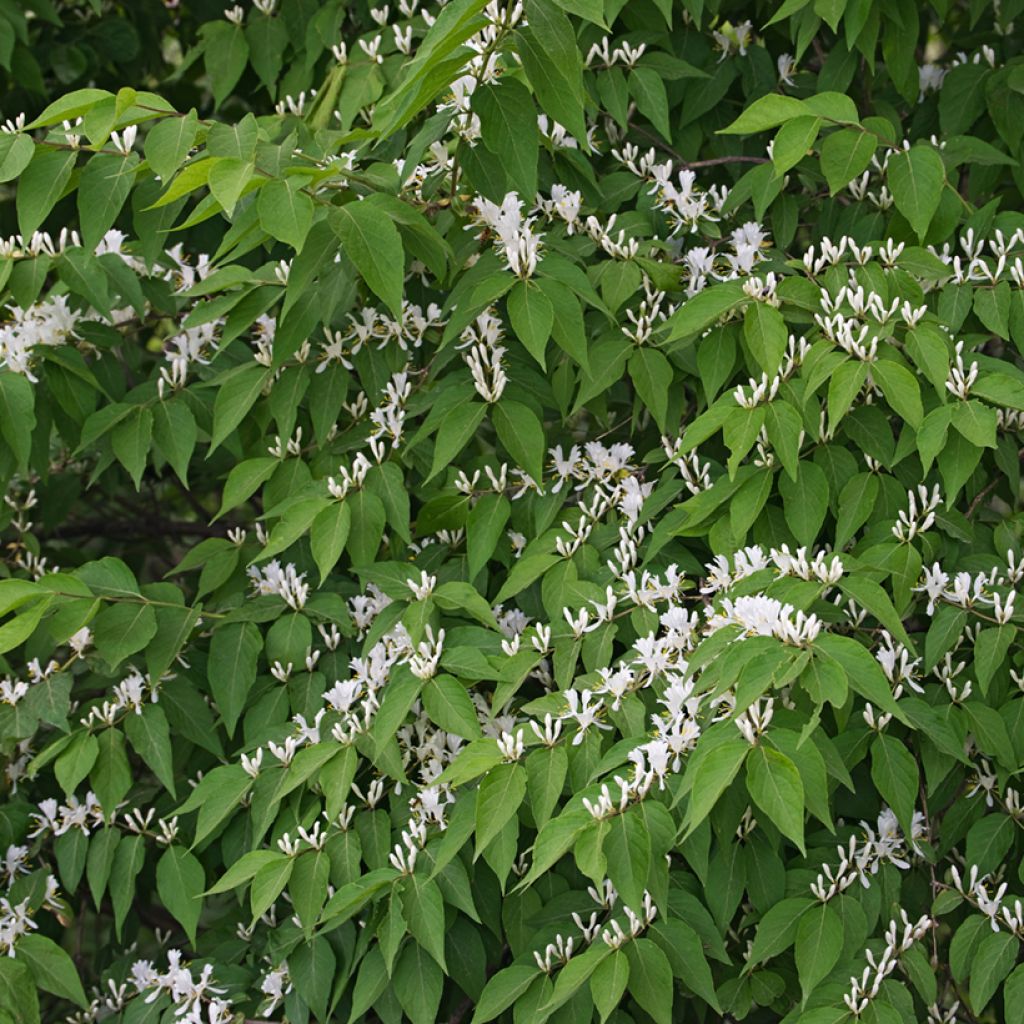

Lonicera maackii
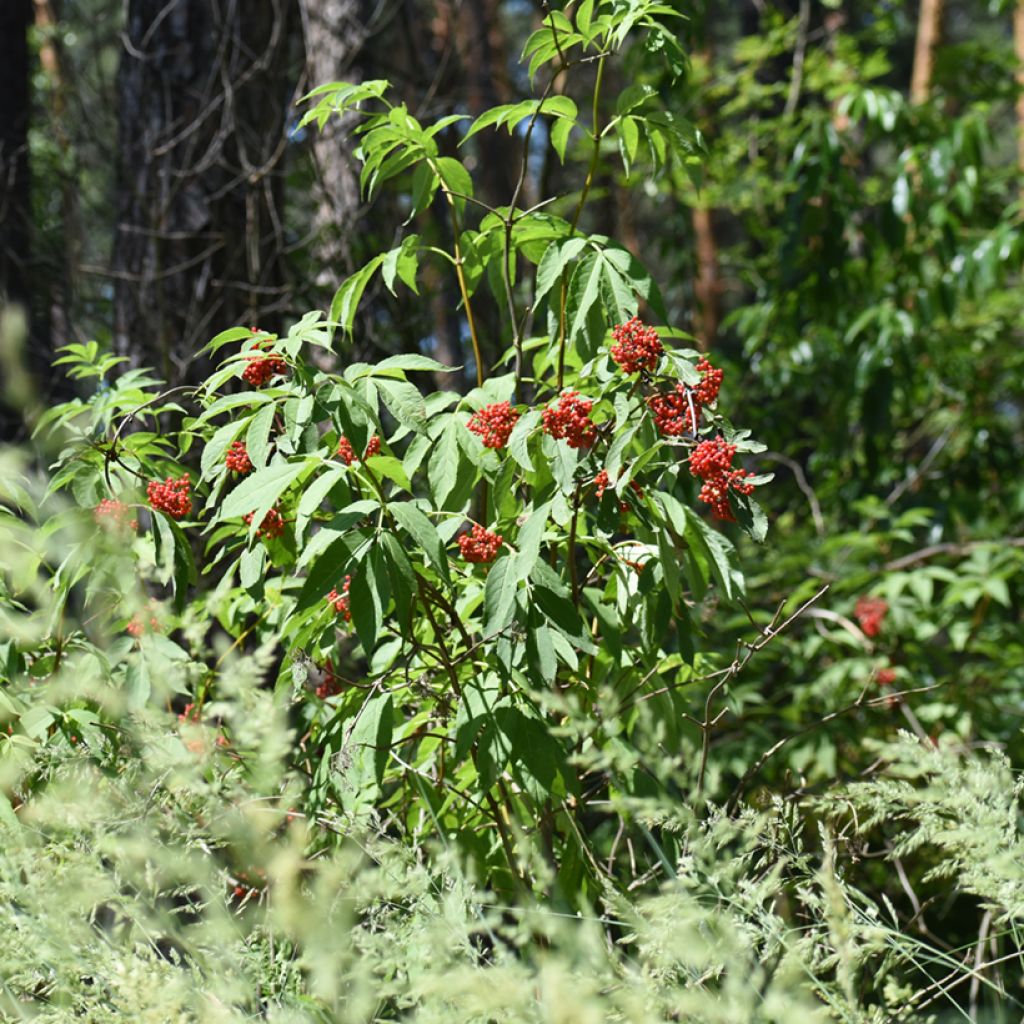

Lonicera maackii


Lonicera maackii


Lonicera maackii
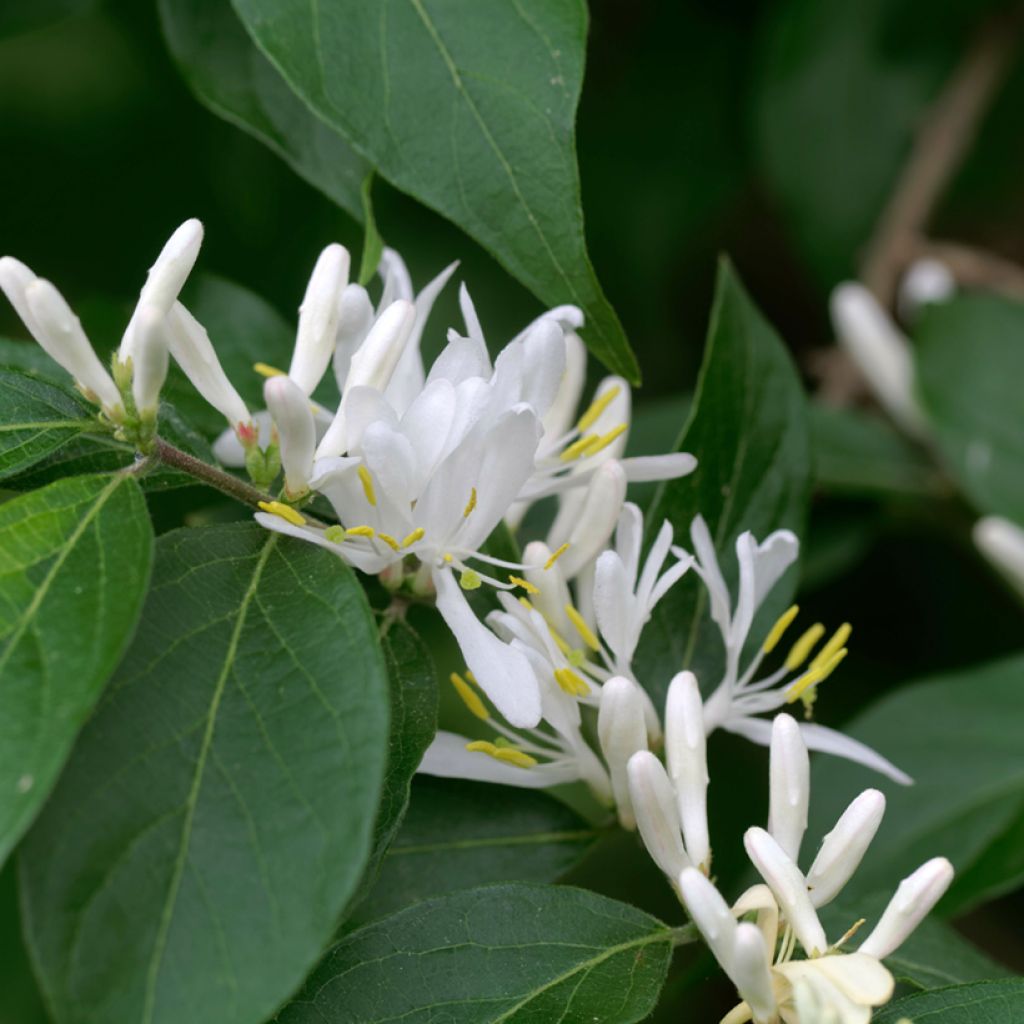

Lonicera maackii
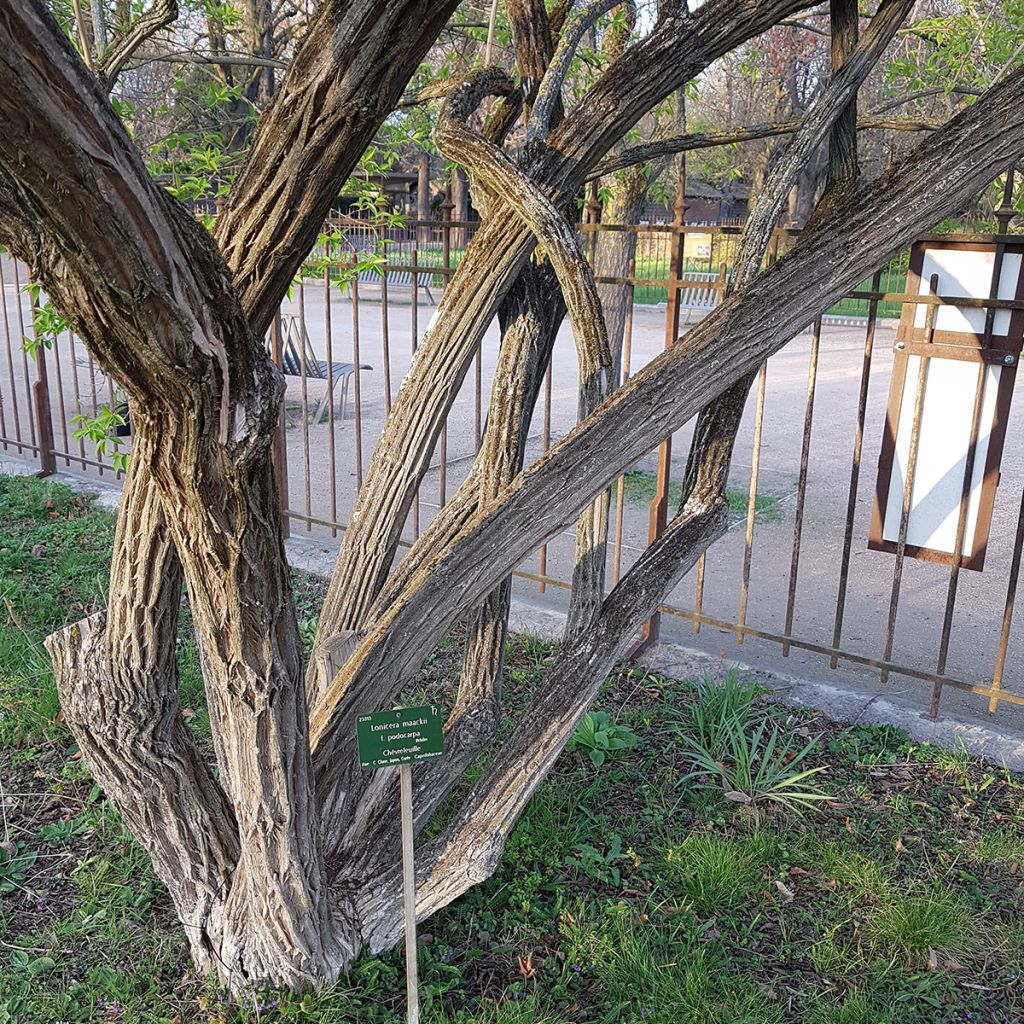

Lonicera maackii
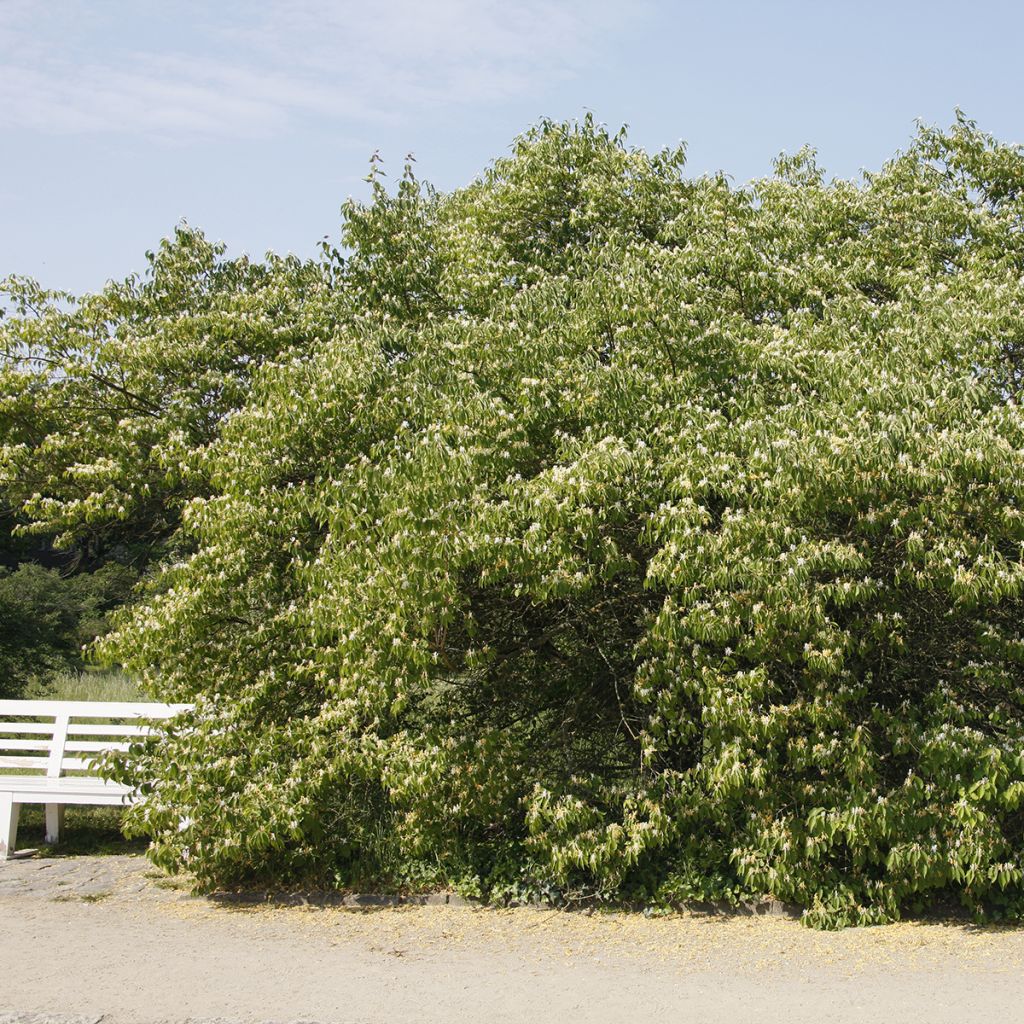

Lonicera maackii
Lonicera maackii
Lonicera maackii
Special offer!
Receive a €20 voucher for any order over €90 (excluding delivery costs, credit notes, and plastic-free options)!
1- Add your favorite plants to your cart.
2- Once you have reached €90, confirm your order (you can even choose the delivery date!).
3- As soon as your order is shipped, you will receive an email containing your voucher code, valid for 3 months (90 days).
Your voucher is unique and can only be used once, for any order with a minimum value of €20, excluding delivery costs.
Can be combined with other current offers, non-divisible and non-refundable.
Why not try an alternative variety in stock?
View all →This plant carries a 24 months recovery warranty
More information
We guarantee the quality of our plants for a full growing cycle, and will replace at our expense any plant that fails to recover under normal climatic and planting conditions.
Would this plant suit my garden?
Set up your Plantfit profile →
Description
Lonicera maackii is a large and magnificent shrub honeysuckle also known as Maack's Honeysuckle, tree honeysuckle or Love Honeysuckle. It is a beautiful deciduous shrub with a wide habit and an almost flat silhouette, whose spring flowering is white, fragrant and nectar-rich, followed by decorative red fruits. This very hardy and undemanding, yet little known honeysuckle is an excellent plant for informal and country hedges.
Lonicera maackii, formerly known as Xylosteon maackii, is native to China, Korea, Japan and Siberia and naturalised in North America. This shrub belongs to the Caprifoliaceae family, like all shrub honeysuckles. It grows relatively fast and eventually forms a wider than tall shrub, supported by several small trunks, topped by a parasol-shaped crown. It reaches about 3m in height and 4m in width, depending on the growing conditions. Its bark is initially smooth and greyish-brown brown, becoming corky and furrowed with age. Its foliage is deciduous, developing in spring and falling in autumn. The leaves are elliptical to lanceolate in shape, measuring up to 8cm long and 4cm wide. They are dark green with a lighter underside, turning yellow in autumn before falling. This tree honeysuckle blooms in May-June. The 2cm long flowers, with two lips, open in pairs in the axils of the leaves. They are highly scented and white, turning yellow before wilting. After pollination by insects, small, 5 to 6mm diameter berries develop and turn dark red when ripe, around August. They are toxic to humans, but sought after by some birds.
Plant Maack's Honeysuckle in any soil that is not too dry, even limestone and/or clayey soil. This shrub will thrive in partial shade or full sun, but flowering will be more abundant in full sun. It will find a place in many gardens, in an informal hedge, shrub bed, or even as a specimen plant. Birds are fond of its berries and find refuge in its branches. You can associate it with butterfly bushes in various colours, Weigelas, Japanese Quinces, Forsythias, Kolkwitzia, Winter Honeysuckle (Lonicera fragrantissima), Winter Jasmine...
Report an error about the product description
Lonicera maackii in pictures
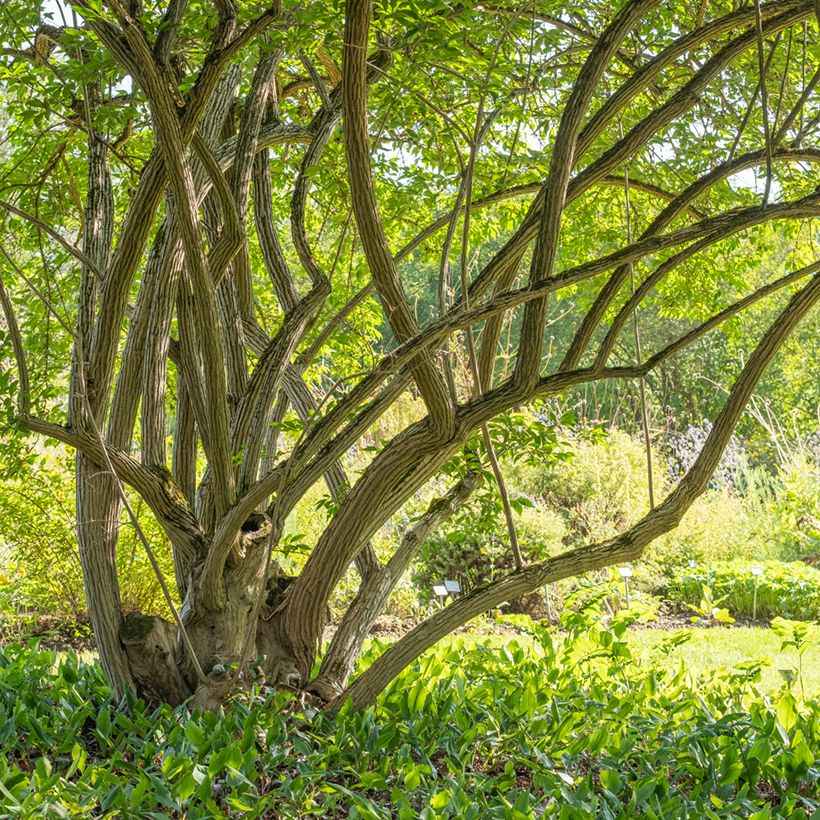

Plant habit
Flowering
Foliage
Botanical data
Lonicera
maackii
Caprifoliaceae
China
Other Honeysuckle
View all →Planting and care
Plant Lonicera maackii in any soil that is not too dry, even limestone or clay. This bush will thrive in partial shade or full sun, but flowering will be more abundant in full sun. Pruning is not necessary, except to remove dead wood or correct a slightly sparse habit after flowering, when it will not harm the plant's health. The bush is sometimes subject to aphid attacks.
Planting period
Intended location
Care
This item has not been reviewed yet - be the first to leave a review about it.
Similar products
Haven't found what you were looking for?
Hardiness is the lowest winter temperature a plant can endure without suffering serious damage or even dying. However, hardiness is affected by location (a sheltered area, such as a patio), protection (winter cover) and soil type (hardiness is improved by well-drained soil).

Photo Sharing Terms & Conditions
In order to encourage gardeners to interact and share their experiences, Promesse de fleurs offers various media enabling content to be uploaded onto its Site - in particular via the ‘Photo sharing’ module.
The User agrees to refrain from:
- Posting any content that is illegal, prejudicial, insulting, racist, inciteful to hatred, revisionist, contrary to public decency, that infringes on privacy or on the privacy rights of third parties, in particular the publicity rights of persons and goods, intellectual property rights, or the right to privacy.
- Submitting content on behalf of a third party;
- Impersonate the identity of a third party and/or publish any personal information about a third party;
In general, the User undertakes to refrain from any unethical behaviour.
All Content (in particular text, comments, files, images, photos, videos, creative works, etc.), which may be subject to property or intellectual property rights, image or other private rights, shall remain the property of the User, subject to the limited rights granted by the terms of the licence granted by Promesse de fleurs as stated below. Users are at liberty to publish or not to publish such Content on the Site, notably via the ‘Photo Sharing’ facility, and accept that this Content shall be made public and freely accessible, notably on the Internet.
Users further acknowledge, undertake to have ,and guarantee that they hold all necessary rights and permissions to publish such material on the Site, in particular with regard to the legislation in force pertaining to any privacy, property, intellectual property, image, or contractual rights, or rights of any other nature. By publishing such Content on the Site, Users acknowledge accepting full liability as publishers of the Content within the meaning of the law, and grant Promesse de fleurs, free of charge, an inclusive, worldwide licence for the said Content for the entire duration of its publication, including all reproduction, representation, up/downloading, displaying, performing, transmission, and storage rights.
Users also grant permission for their name to be linked to the Content and accept that this link may not always be made available.
By engaging in posting material, Users consent to their Content becoming automatically accessible on the Internet, in particular on other sites and/or blogs and/or web pages of the Promesse de fleurs site, including in particular social pages and the Promesse de fleurs catalogue.
Users may secure the removal of entrusted content free of charge by issuing a simple request via our contact form.
The flowering period indicated on our website applies to countries and regions located in USDA zone 8 (France, the United Kingdom, Ireland, the Netherlands, etc.)
It will vary according to where you live:
- In zones 9 to 10 (Italy, Spain, Greece, etc.), flowering will occur about 2 to 4 weeks earlier.
- In zones 6 to 7 (Germany, Poland, Slovenia, and lower mountainous regions), flowering will be delayed by 2 to 3 weeks.
- In zone 5 (Central Europe, Scandinavia), blooming will be delayed by 3 to 5 weeks.
In temperate climates, pruning of spring-flowering shrubs (forsythia, spireas, etc.) should be done just after flowering.
Pruning of summer-flowering shrubs (Indian Lilac, Perovskia, etc.) can be done in winter or spring.
In cold regions as well as with frost-sensitive plants, avoid pruning too early when severe frosts may still occur.
The planting period indicated on our website applies to countries and regions located in USDA zone 8 (France, United Kingdom, Ireland, Netherlands).
It will vary according to where you live:
- In Mediterranean zones (Marseille, Madrid, Milan, etc.), autumn and winter are the best planting periods.
- In continental zones (Strasbourg, Munich, Vienna, etc.), delay planting by 2 to 3 weeks in spring and bring it forward by 2 to 4 weeks in autumn.
- In mountainous regions (the Alps, Pyrenees, Carpathians, etc.), it is best to plant in late spring (May-June) or late summer (August-September).
The harvesting period indicated on our website applies to countries and regions in USDA zone 8 (France, England, Ireland, the Netherlands).
In colder areas (Scandinavia, Poland, Austria...) fruit and vegetable harvests are likely to be delayed by 3-4 weeks.
In warmer areas (Italy, Spain, Greece, etc.), harvesting will probably take place earlier, depending on weather conditions.
The sowing periods indicated on our website apply to countries and regions within USDA Zone 8 (France, UK, Ireland, Netherlands).
In colder areas (Scandinavia, Poland, Austria...), delay any outdoor sowing by 3-4 weeks, or sow under glass.
In warmer climes (Italy, Spain, Greece, etc.), bring outdoor sowing forward by a few weeks.






























